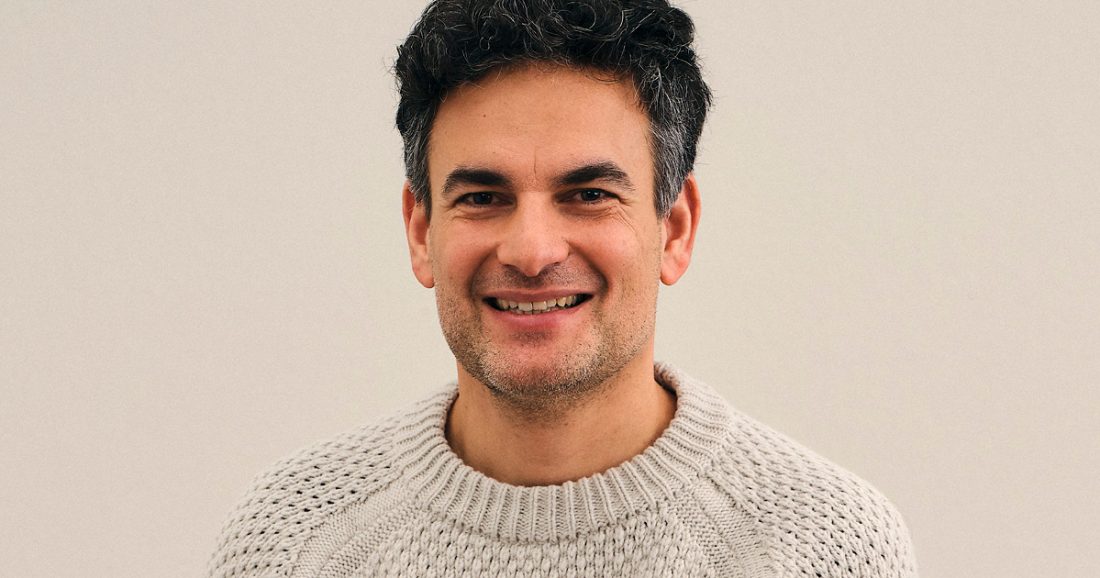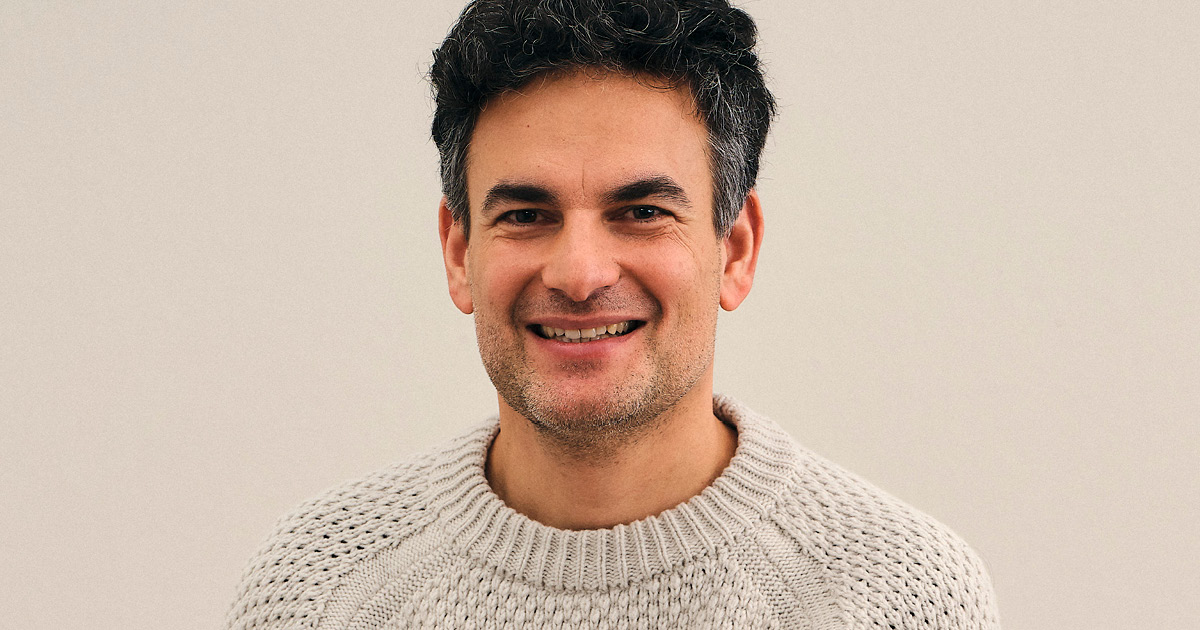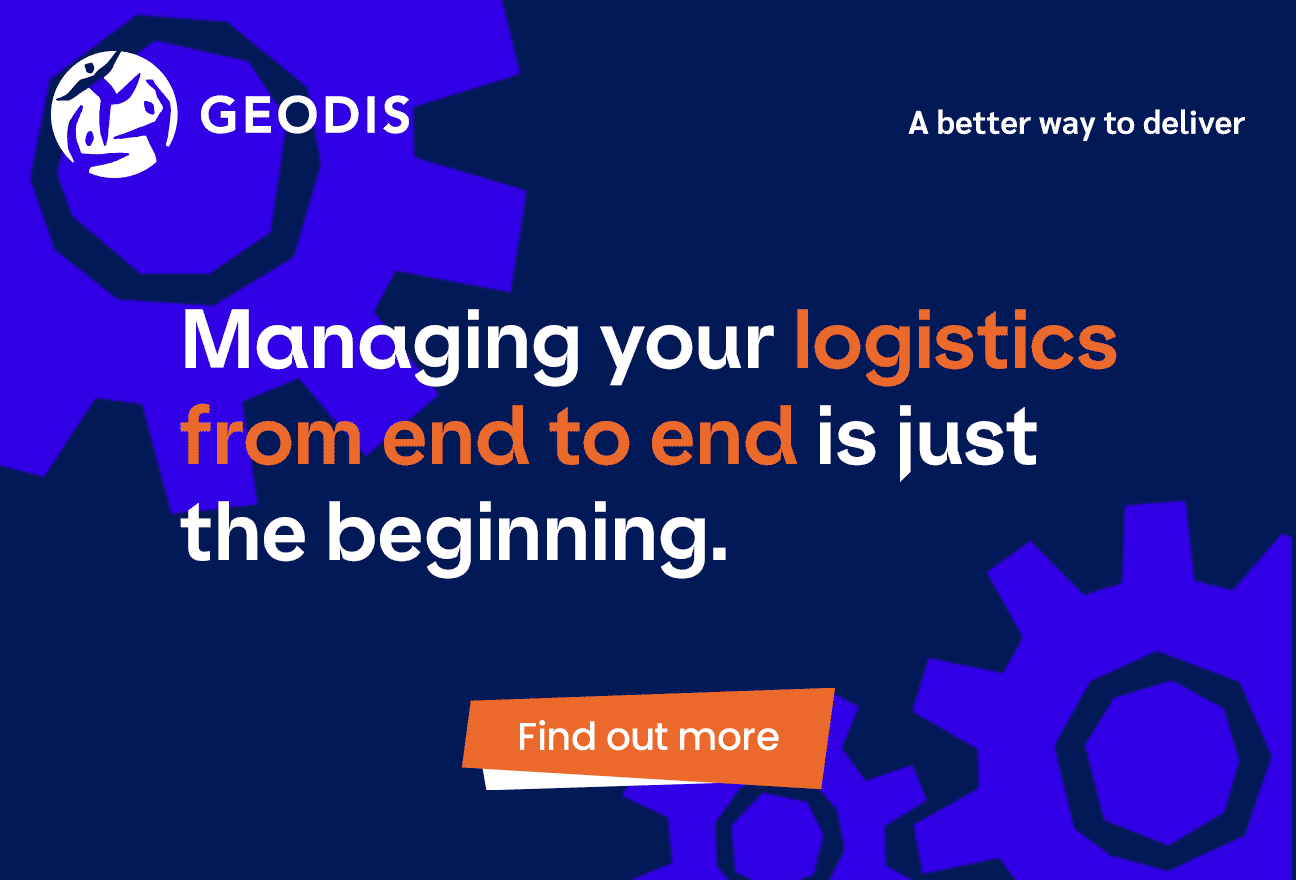When Andreas Hoerning became the CEO of home and living brand Westwing in 2022, he described the company as being “in crisis” and his number one priority as being simple: survival.
Revenues were down 18 percent year on year, hitting profit margins by one percent, despite Westwing being a predominantly ecommerce business. Hoerning’s first big decision in the role was to reset, restructure and reinvent: the basis of his three-step plan to reduce the company size, redefine the business model and then begin to scale again.
To Hoerning’s relief and delight, Westwing is now entering the third and final phase.
“In 2022, the first step was about survival, and we had to bring down costs. We had a massive cost base, and many companies actually filed for bankruptcy in that period, and we made it,” Hoerning reflects.
The opportunity to transform the company, Hoerning adds, was a big one that came with challenges and difficult decisions, most notably, office and warehouse closures, which led to the laying off of around 300 employees.
Boosting efficiency
Hoerning deliberately shifted the product assortment from being a localized selection to a more global offering in order to more efficiently scale the business internationally. This cost the business some of its customers, but Hoerning stands by the decision.
“The old setup was inefficient with the local assortment. Many orders back in the day were actually unprofitable for us, so we had to clean that up. That’s why our guidance for this year is that the total business growth is going to be flat,” he explains.

“The old setup was inefficient with the local assortment.”
“In the background, we have had this shift in assortment and a premiumization, where we have deliberately said ‘no’ to some of the offerings that are inefficient and don’t match our positioning.
“It’s a massive transformation, but when you look just at the total number, you’ll say, ‘Okay, what’s special about that?’ Just so that you know what’s behind the total numbers that you may see out there.”
Behind the scenes are also the supply chain partners that have helped and still help Westwing navigate tricky times – an edge Hoerning says it has over competitors.
“Suppliers have to be able to take risks for you,” he adds. “They also have to be able to take some hits for you, but that obviously only works when they also see the light at the end of the tunnel.”
It also has to be reciprocal, he notes, considering the supply chain disruption Trump’s tariffs are causing, which Westwing is leaning on the likes of logistics firm GEODIS to help work through.
“Imagine you have a supplier that you work together with, but 70 percent of their business goes to the United States and now that part of the business actually breaks down,” Hoerning says.
“Now what happens to that supplier? We are, of course, looking to support our suppliers in managing that tough situation. They helped us manage our tough situation back then. Now we have to step up and actually help them to overcome some of those troubles.”
AI as the key to expansion
New premium services, including bespoke design consultations for US$181 and individual assembly services, are some of the special touches Westwing is expanding to customers across its markets to complement a sleeker website that leverages AI to be more customer savvy.
The company’s 100-strong content production team, Hoerning says, can now outsource basic tasks to AI so they can focus on more creative output, communicating key messages, like how Westwing products are all designed and developed in-house. AI-based forecasting also now plays a big part.

“As an ecommerce company, you need a platform that you can bring to other countries easily.”
“As an ecommerce company, you need a platform that you can bring to other countries easily,” says Hoerning.
“You need to have translations by AI, because otherwise you need a massive translation team, because you’re bringing in new campaigns and products. So, we’ve actually trained our AI model that’s based on ChatGPT to carry out translations, and it’s now so good, we can basically roll out to new countries on nearly a weekly basis.”
Hoerning is resisting that temptation, although the expansion piece is strong, along with the pillar of the third phase of the company’s transformation plan: to gain market share within its existing geographies and enter new ones.
New markets
Westwing online is currently available in 18 European countries and has two stores in Germany and one in France, alongside one luxury partner store in Germany. Portugal, where it opened last year, was the first new country the brand had expanded to in 10 years.
The plan is to open five more stores this year and to launch in up to 10 new countries, with Luxembourg, Denmark, Sweden, Croatia, Finland and Slovenia already rolled out.
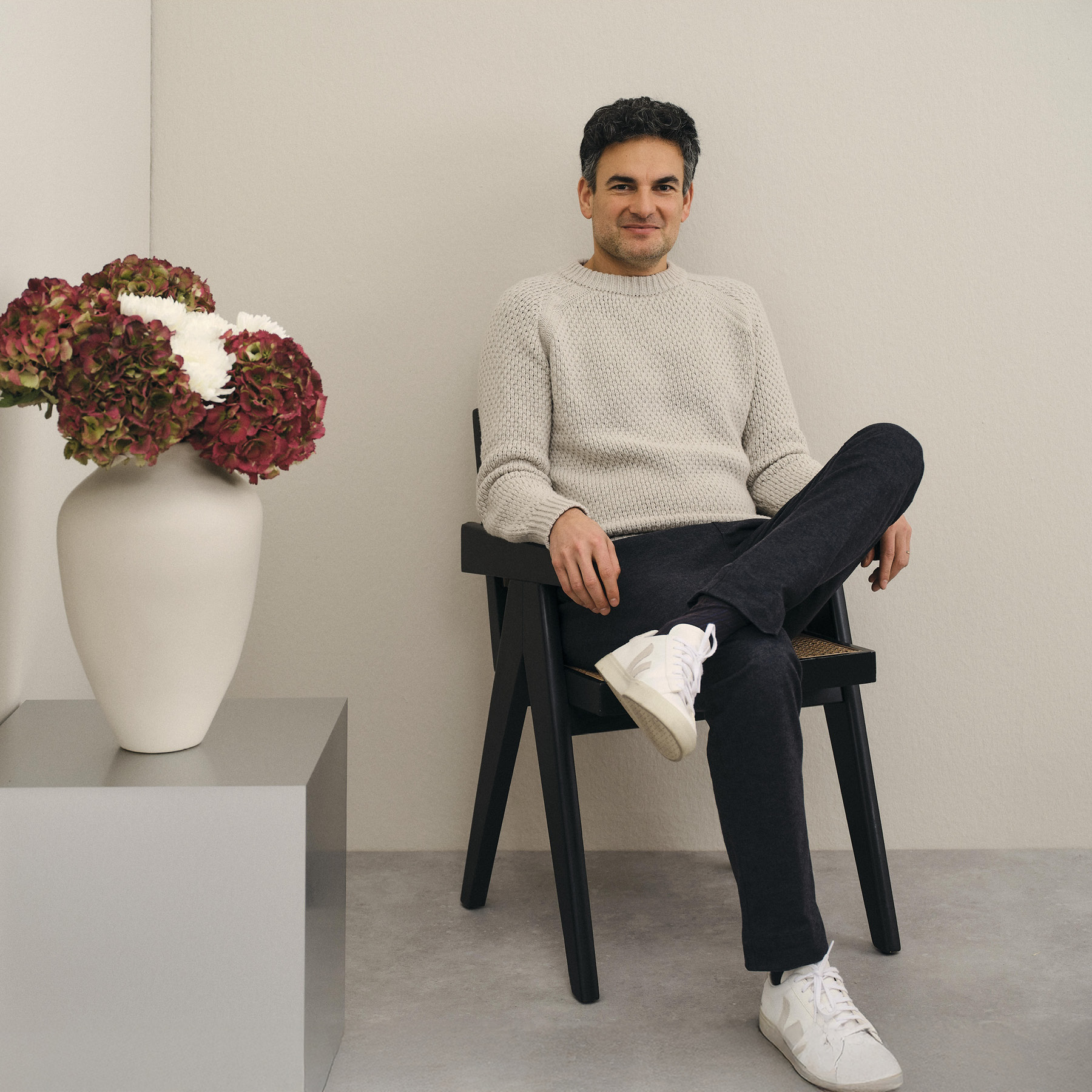
“We want to bring this one-stop destination for design lovers to many more design lovers.”
The aim is to be the leading European homeware brand, with Westwing enlisting local influencers and “tastemakers” to build its brand awareness and affinity.
“We want to bring this one-stop destination for design lovers to many more design lovers. We’ve got 8.6 million followers on Instagram, but 1.2 million active customers,” Hoerning says. “So you can see there’s a job to be done in serving more of the design lovers also as customers.
“When you’re entering markets like Denmark or Sweden, with lots of design lovers – because design plays an incredibly important role in Danish and Swedish households, probably a lot more than most other markets – you have to recognize that people already have their brands and iconic pieces that they love. So now it’s about what Westwing brings to the table.”
Design for everyone
AI can answer that question, too. Hoerning hopes AI can turn interior design into something that’s affordable for everyone – a prospect he finds to be the most exciting outlook for customers.
“If you look at today, who actually has access to interior designers? It’s hardly anyone, because it’s typically something that only, let’s put it bluntly, rich people use,” Hoerning says.
“What will happen over the next few years is that interior design services will be democratized in a way that everyone will have access to a fantastic interior designer that will be an AI-driven tool.
“With your phone, you will be able to just screen your lounge room and answer a few questions, interact with the AI tool, and it will create a 3D model for you. It will then also ask you whether it shall order the products or tell you where you can have a look at the products offline.
“It will be a revolution in how customers interact with home and living. That’s something that I’m looking forward to.”

“Over the next few years is that interior design services will be democratized in a way that everyone will have access to a fantastic interior designer that will be an AI-driven tool.”
Hoerning has been tested from his early days as a CEO but believes his success is down to his ability to preserve the company culture, even through difficult periods.
“It’s been a very challenging time for preserving culture, because if your culture relies a lot on people being extremely passionate about what they’re doing and working together very closely, then of course restructuring can be extremely difficult for your teams,” he admits.
“This is when I think the culture, you as a CEO and your leadership team are all tested – are you able to preserve this culture and how many people do you lose on the way? And so I think that was the biggest challenge actually over the last three years besides taking those tough decisions.”
